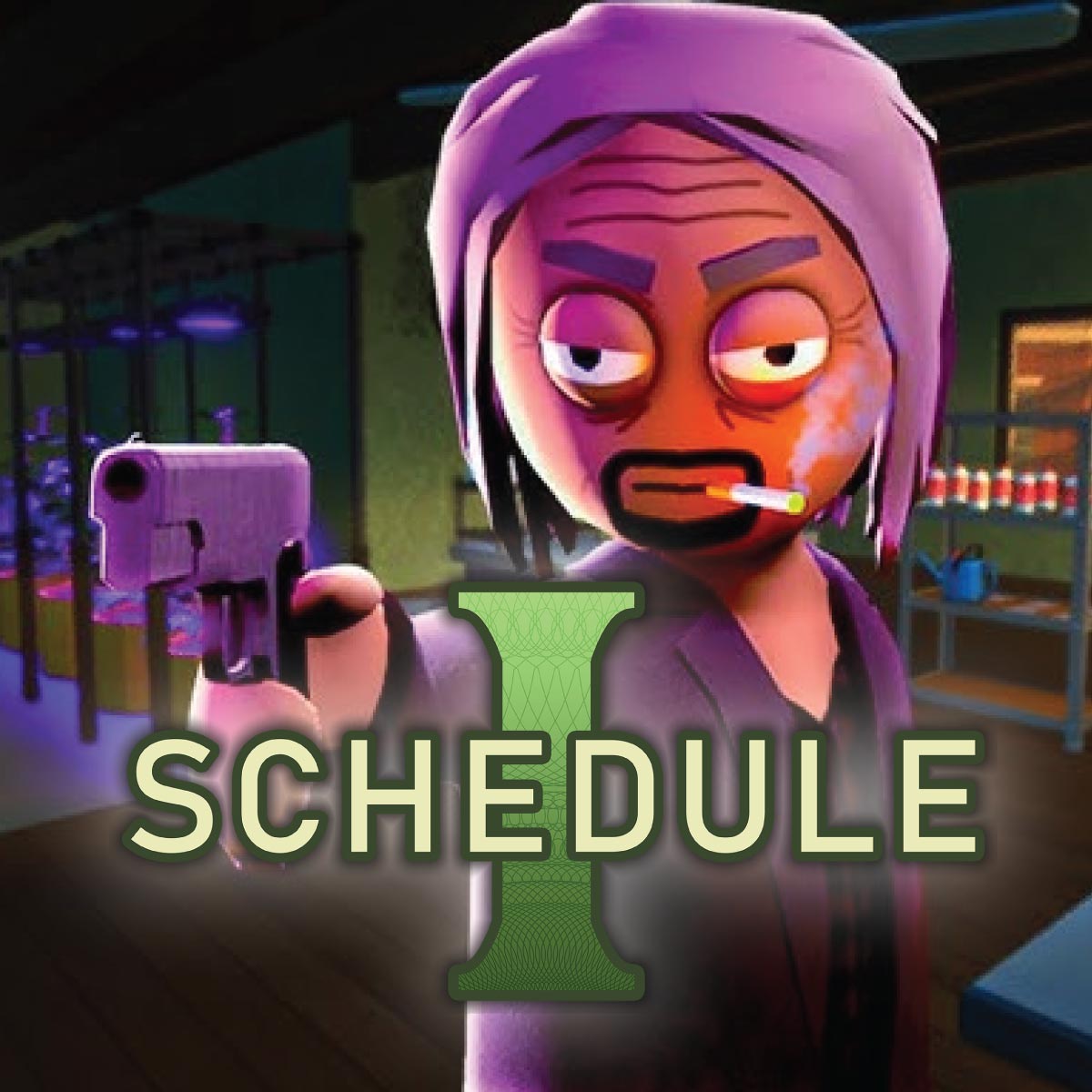
Schedule I
All trademarks belong to their respective owners. Get GameSchedule One: Descent into Madness – Unraveling the Psychological Horror Experience
In the vast and often predictable landscape of survival horror games, a true gem emerges from the icy grip of the Arctic: Schedule One. Developed by a dedicated indie team, this title isn’t just another jump-scare simulator; it’s a meticulously crafted psychological horror experience that delves deep into the human psyche, pushing the boundaries of what a horror game can achieve. Set against the desolate, unforgiving backdrop of an abandoned research facility in the Arctic Circle, Schedule One plunges players into a chilling narrative where the line between reality and hallucination blurs, and the most terrifying monsters are often those lurking within the protagonist’s own mind. This isn’t a game for the faint of heart, but for connoisseurs of deep, atmospheric, and genuinely unsettling horror, Schedule One offers an unparalleled journey into the abyss of fear and paranoia. Its unique blend of environmental storytelling, unsettling sound design, and a narrative that unravels with agonizing slowness makes it a standout contender in the modern horror genre, promising not just scares, but a lasting sense of dread that lingers long after you put the controller down.
The Unseen Threat: Crafting True Psychological Horror
Schedule One distinguishes itself by understanding that the most effective horror isn’t always what you see, but what you don’t see, or what you think you see. The game masterfully employs various techniques to achieve this profound sense of unease.
- Subtle Environmental Cues: The environment itself becomes a character, subtly shifting and changing to reflect the protagonist’s deteriorating mental state. A flickering light, a door slightly ajar that wasn’t before, or a faint whisper from an empty hallway – these are the breadcrumbs of dread that Schedule One expertly scatters, forcing players to constantly question their perceptions. This form of environmental storytelling is a cornerstone of its psychological impact, contributing heavily to the game’s atmosphere and immersion.
- The Power of Sound Design: Audio is paramount in Schedule One. The game’s sound engineering is a masterclass in building tension. Distant metallic groans, the chilling howl of the Arctic wind outside, the unsettling creak of old machinery, or the sudden, distorted fragment of a human voice can elevate anxiety to unbearable levels. These auditory cues are often more terrifying than any visual, leveraging the player’s imagination to fill in the blanks, which is a far more potent source of fear. The strategic use of silence, punctuated by these terrifying sounds, creates a dynamic ebb and flow of terror.
- Narrative Fragmentation and Ambiguity: The story of Schedule One isn’t spoon-fed. Instead, players uncover fragments of research logs, audio recordings, and cryptic notes that slowly, agonizingly piece together the horrific events that transpired at the facility. This narrative fragmentation keeps players engaged in active deciphering, deepening their investment in the lore while simultaneously introducing ambiguity. Is what you’re experiencing real, or a manifestation of the protagonist’s fractured psyche? This uncertainty is a powerful driver of psychological horror.
- Isolation and Vulnerability: The setting itself reinforces the terror. Being isolated in the vast, frozen expanse of the Arctic, cut off from communication and rescue, amplifies the feeling of vulnerability. The player is often alone, with no clear means of defense against the unseen threats, making every creak and shadow a source of heightened alarm. This sense of isolation is a classic horror trope utilized to perfection here.
- Eroding Sanity Mechanics (Potential): While specific details would vary from the actual game, many effective psychological horror games incorporate a sanity mechanic where prolonged exposure to terrifying events or specific conditions can degrade the protagonist’s mental state, leading to visual distortions, auditory hallucinations, or even changes in gameplay mechanics. If Schedule One employs such a system, it would significantly enhance the feeling of a descent into madness, tying directly into the gameplay mechanics and enriching the player experience. This creates a compelling internal struggle alongside external threats.
Beyond Jump Scares: Sustained Dread and Foreboding
Unlike many mainstream horror games that rely heavily on cheap jump scares for fleeting moments of fright, Schedule One aims for a more enduring sense of dread.
- Pacing and Tension Building: The game’s pacing is deliberate. It slowly builds tension through atmospheric pressure, growing unease, and a constant feeling of being watched. Jump scares, if they occur, are sparse and highly impactful, earned through sustained periods of foreboding rather than being arbitrary. This careful pacing respects the player’s intelligence and amplifies the effectiveness of every scary moment.
- The Power of the Unseen: The game understands that the human mind can conjure far more terrifying images than any graphical monster. By hinting at threats, using peripheral vision, and leveraging auditory illusions, Schedule One taps into primal fears, making the “what if” far more potent than the “what is.” This approach minimizes the risk of over-exposure to monster models, maintaining their terrifying allure.
- Replayability through Ambiguity: The fragmented narrative and psychological elements can encourage replayability. Players might return to piece together more of the lore, to look for missed clues, or to re-evaluate their initial understanding of the events, proving the game’s deep intellectual engagement alongside its terrifying aspects. This provides a high value proposition for players.
Schedule One is poised to be a significant entry in the psychological horror genre. By prioritizing atmosphere, sound design, fragmented narrative, and a pervasive sense of dread over reliance on cheap thrills, it promises a truly unsettling and memorable horror experience. For those who seek a game that challenges their perceptions and leaves them questioning reality long after the credits roll, Schedule One offers an chillingly effective descent into madness, establishing itself as a standout title in the independent game development scene.
What psychological elements in a horror game do you find most effective, and why?
